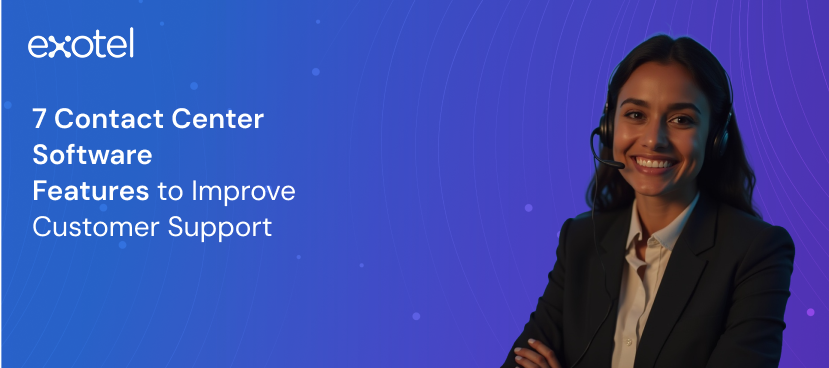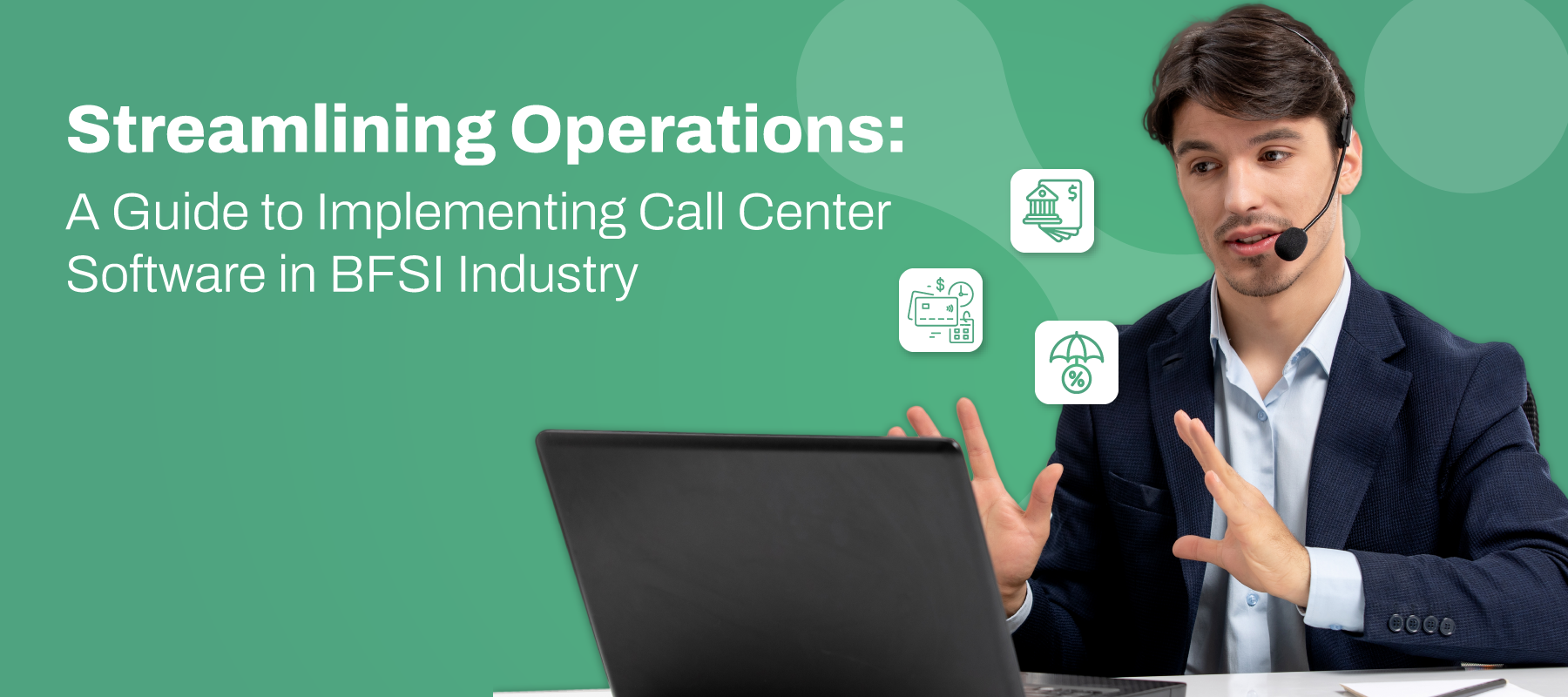You’ve put in the hard work to get your business off the ground, and now the customers are finally showing up. That’s when the realisation hits: you need a solid contact center system to handle support efficiently.
At this point, you have two options: either wait until your customer base grows large enough to demand one or set it up early so you’re never caught off guard.
Whichever route you choose, you’ll need to find software that’s the right fit for your unique needs. Since there’s no shortage of features out there, the options can be overwhelming. That’s why we’ve simplified things for you by highlighting some of the key features that can make a difference in delivering great customer support.
»Automatic Call Distribution (ACD)
You can think of ACD as the invisible hand that directs incoming calls to the right person on your team. It does this based on preset rules, like matching a caller to an agent with the right expertise, routing on a first-come-first-served basis, or prioritising certain high-value calls.
When paired with tools like CTI (Computer Telephony Integration) or IVR systems, ACD can even ensure VIP customers don’t wait long or deliver scripts to agents on the fly. It’s all about routing smartly and responding fast.
»IVR (Interactive Voice Response)
IVRs take the load off your human agents by guiding customers through automated menus using keypresses or voice commands. Whether it’s checking booking details or requesting account info, IVRs resolve basic queries without an agent’s involvement.
As a result, there are shorter wait times and faster resolutions for everyone. It also frees up your team to focus on more complex interactions.
»Live Call Monitoring
If you want to know what’s happening in real time, live call monitoring allows supervisors to listen in on active conversations. It’s a goldmine for understanding customer pain points, fine-tuning agent scripts, or identifying areas where a little coaching might be needed.
»Call Recording
Call recordings are like your contact center’s replay button. They allow you to revisit past conversations, spot trends, analyse tone, or pick up on missed details. You can use them as a useful safety net for quality assurance and compliance, ensuring your business always has a reference point. Over time, they help sharpen both your team’s skills and your service quality.
»Voicemail with Transcription
Not every customer will call during business hours. That’s where voicemail steps in.
It ensures customers can still leave a message when your team is offline. With voicemail transcription and alerts in place, reps don’t need to spend time replaying recordings. They get the gist of the message delivered straight to their inbox.
»Built-in CRM Integration
A contact center without CRM is like a call without context. With built-in CRM, agents get instant access to a caller’s history, including past interactions, preferences, purchase history, and more right when the call comes in. That background helps them respond in a way that feels personal and informed.
»Screen Pop-ups in Real Time
As soon as a customer calls, their details appear on the agent’s screen even before the conversation begins. This automatic screen pop feature lets agents greet customers by name, refer to their last issue, or tailor the conversation based on real data. It’s a simple touch that makes a big difference in how ‘seen’ a customer feels.
Modern customer support is about being prepared. Having the right tools in place can make all the difference in building lasting relationships as customer expectations evolve. The goal is to make every interaction feel informed and human, and that’s achievable with the right contact center software in your corner.





